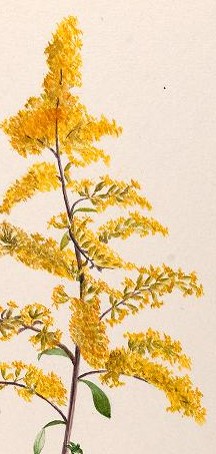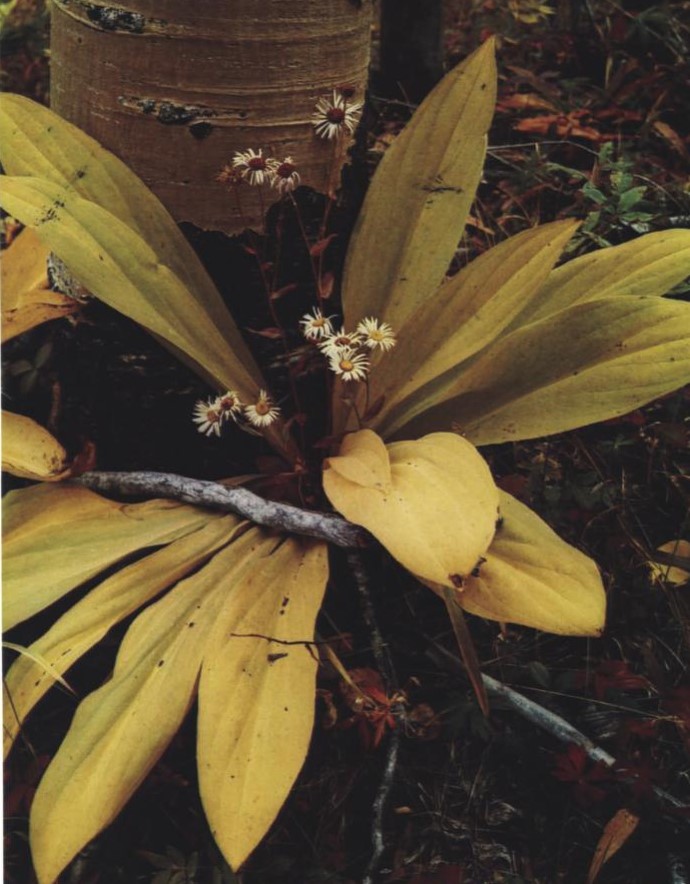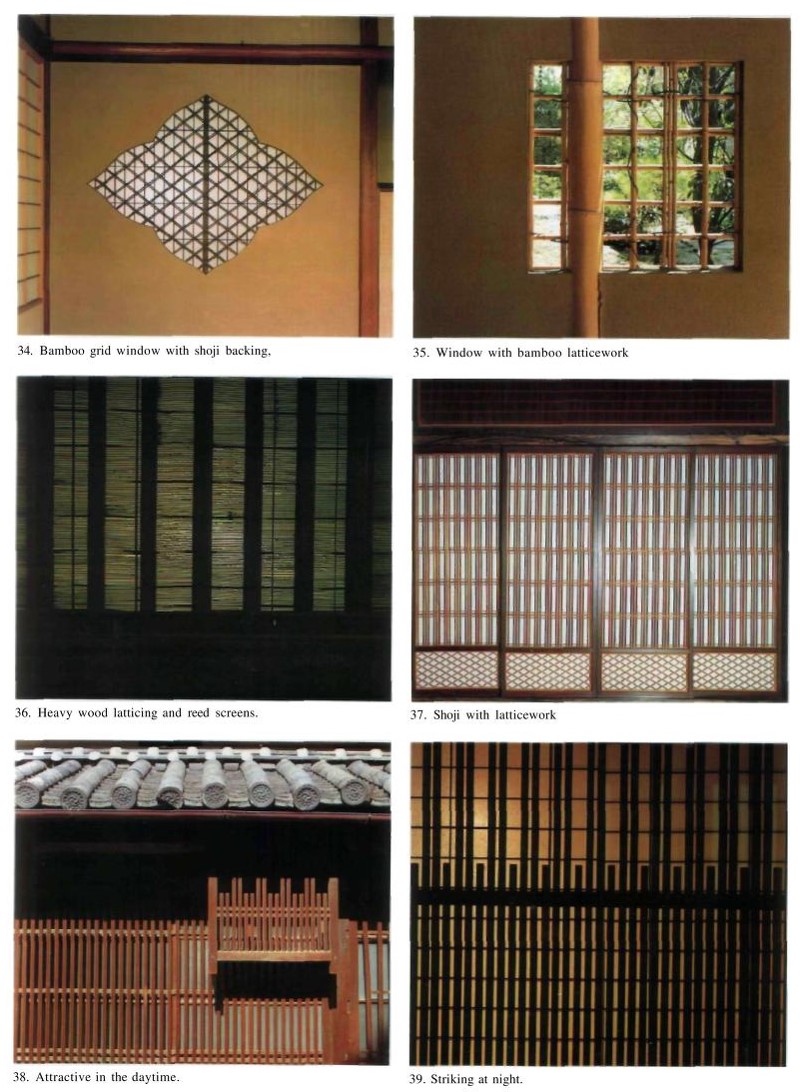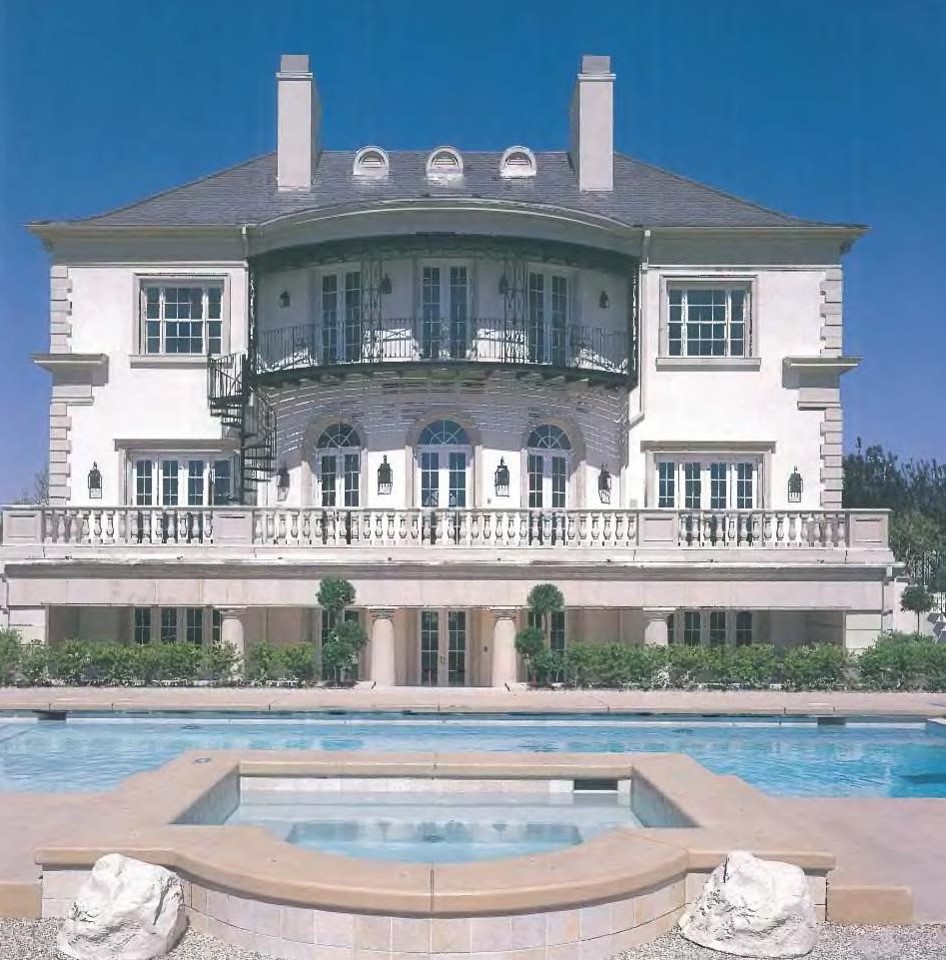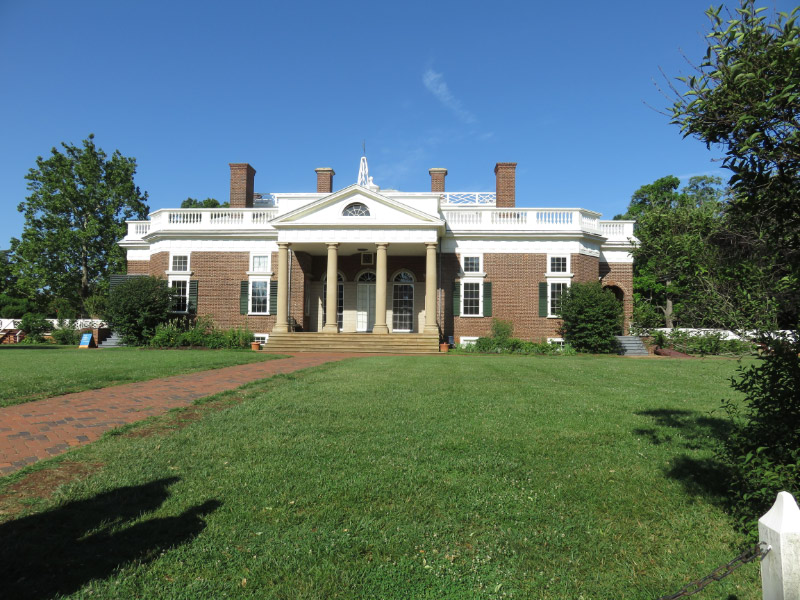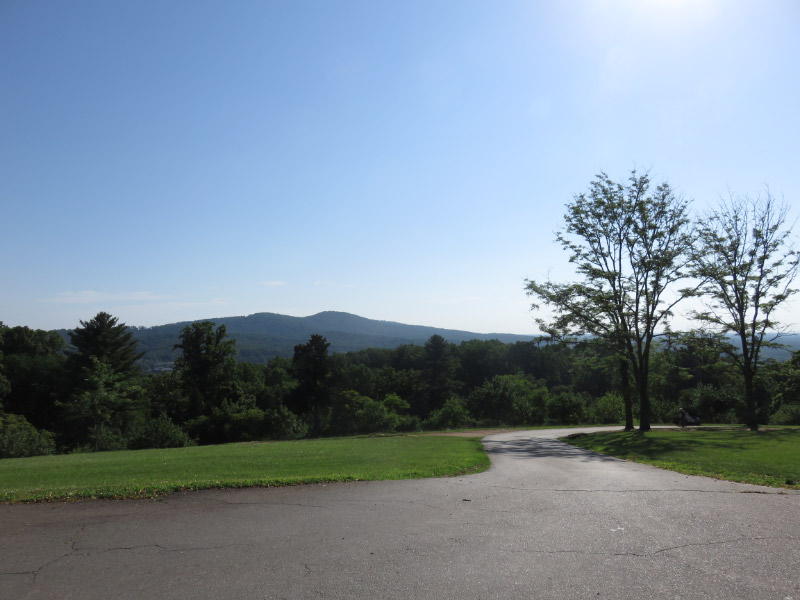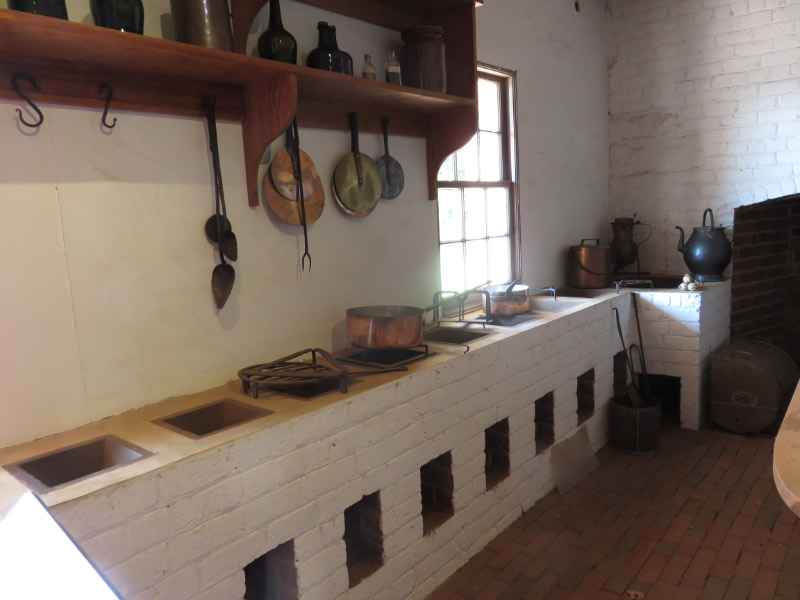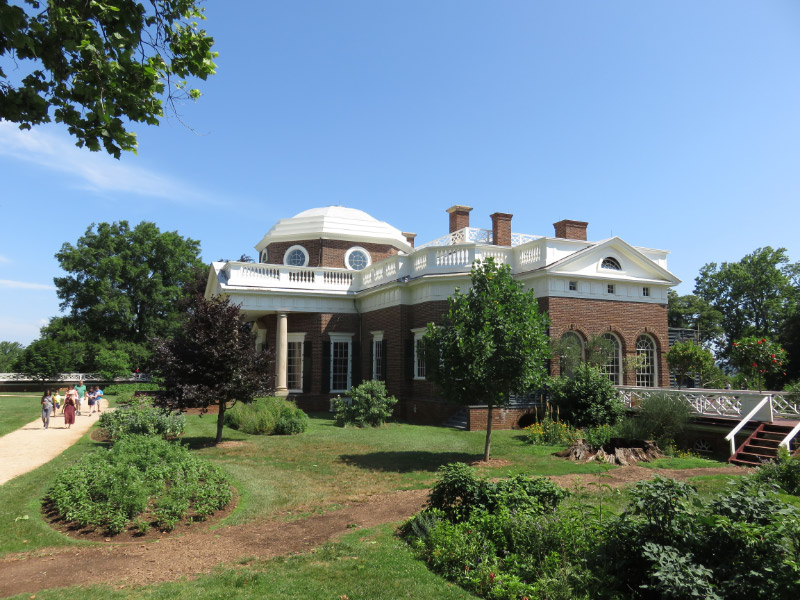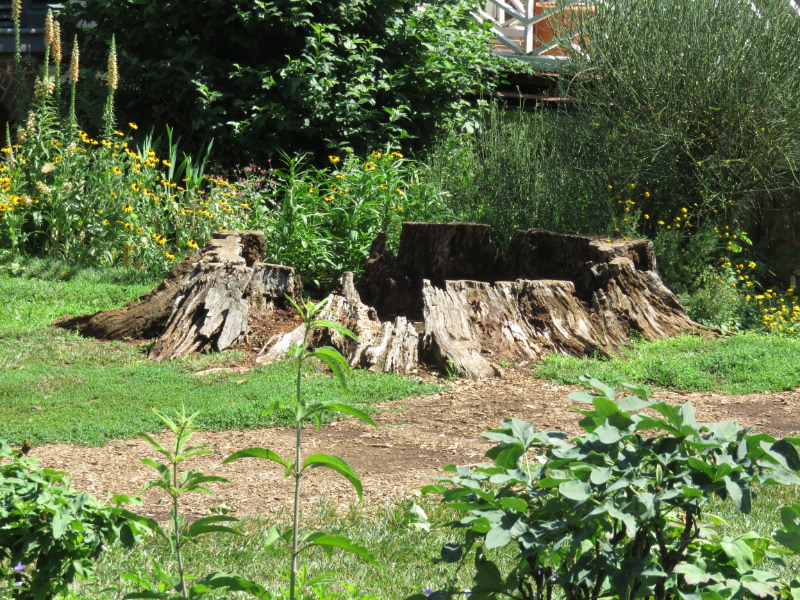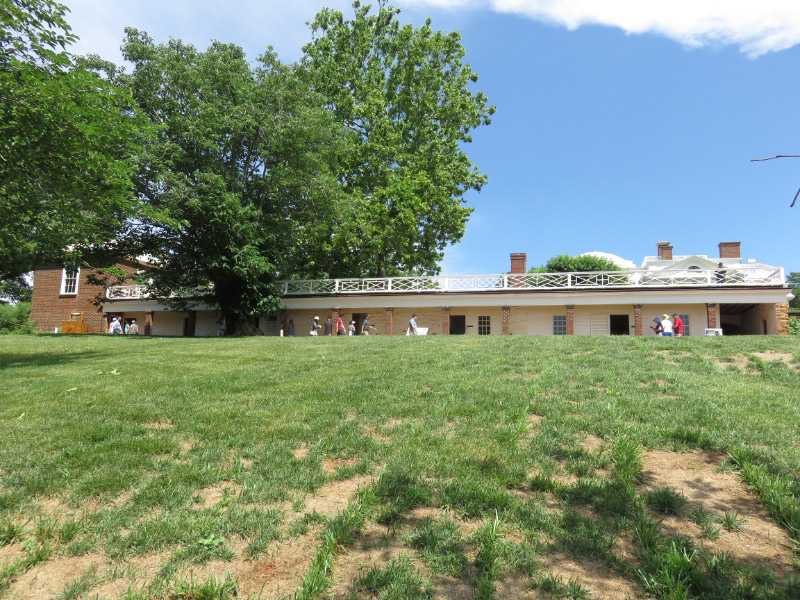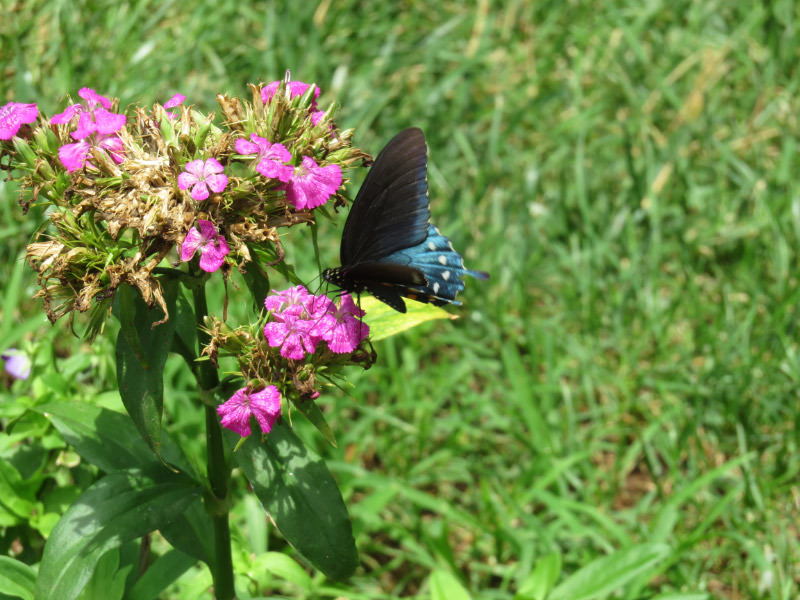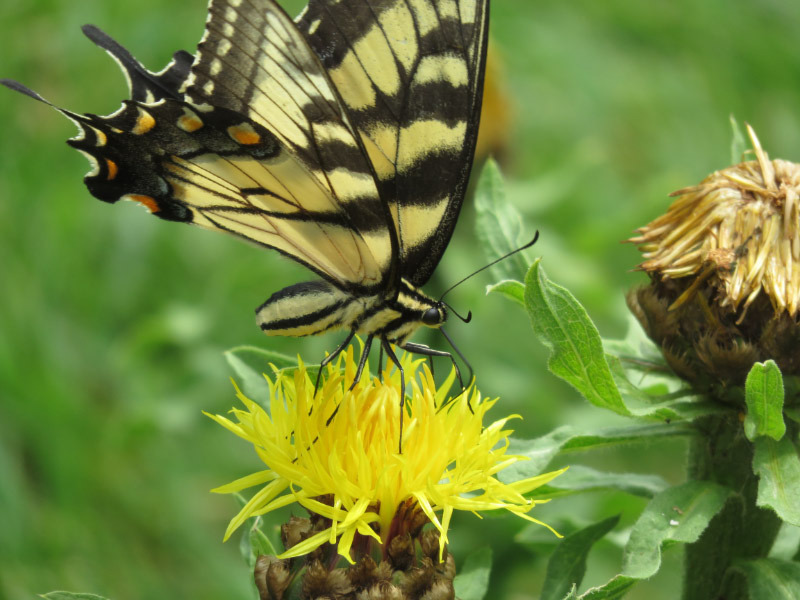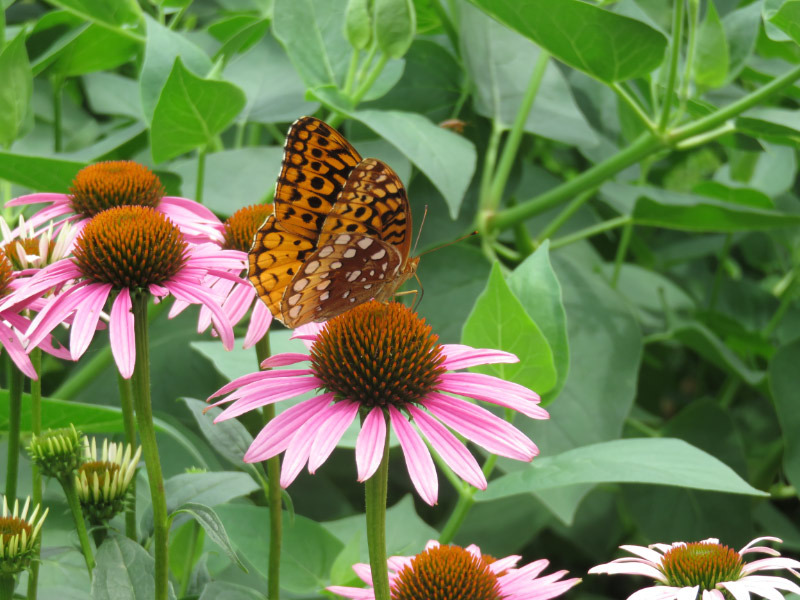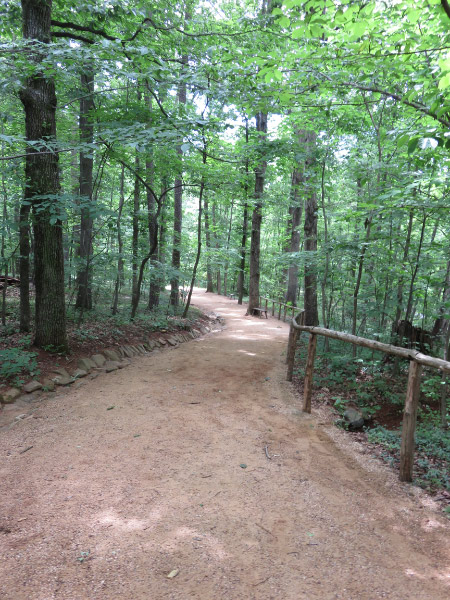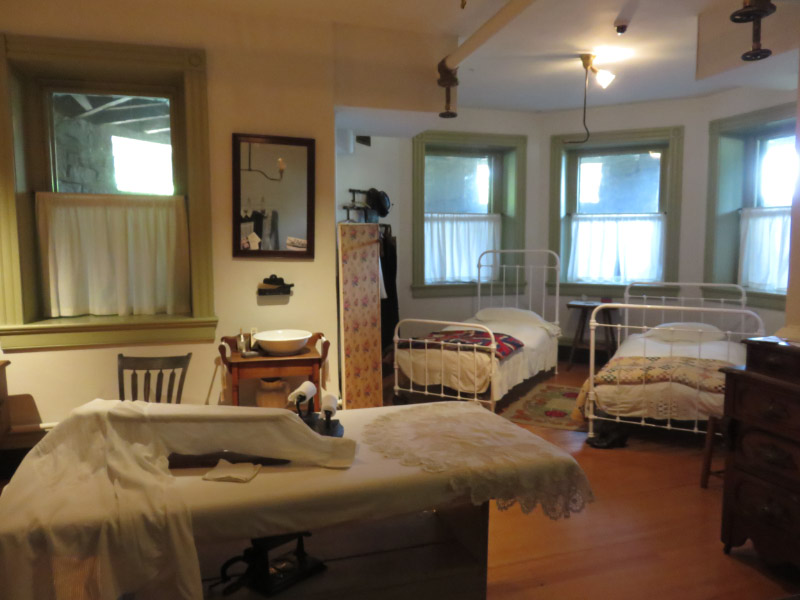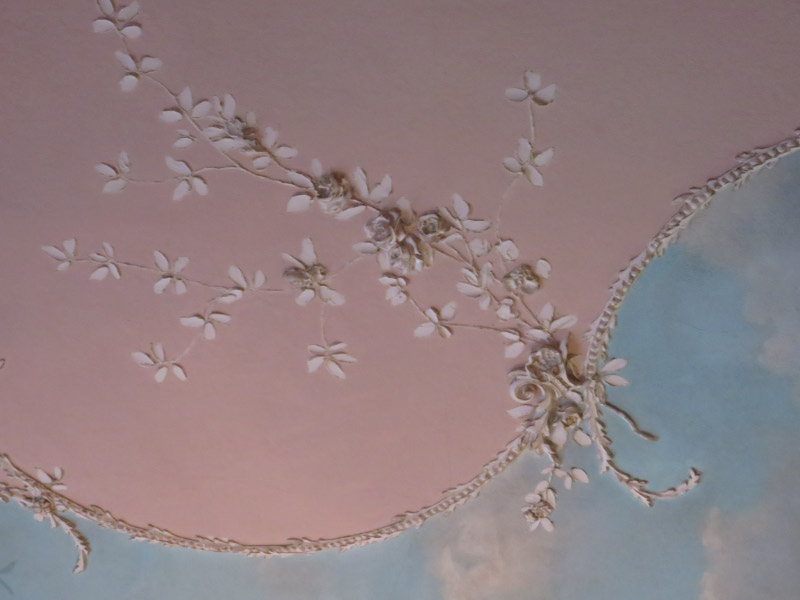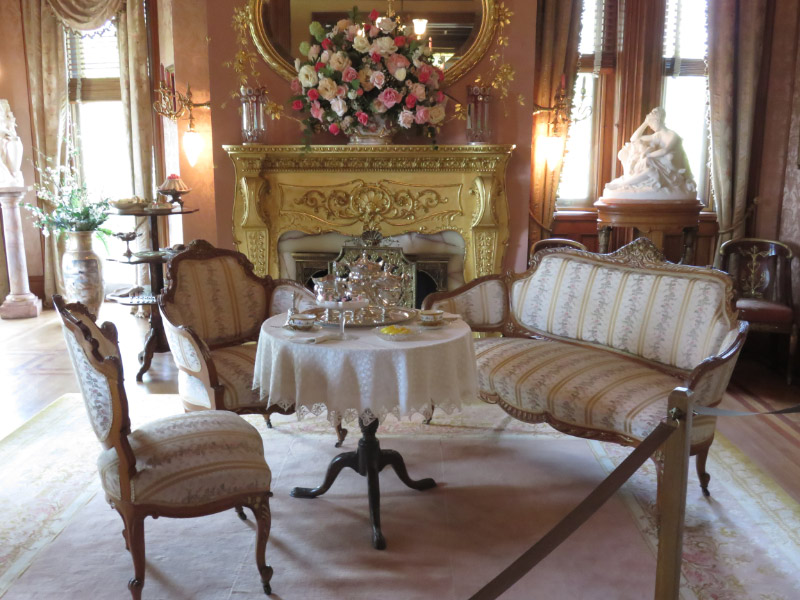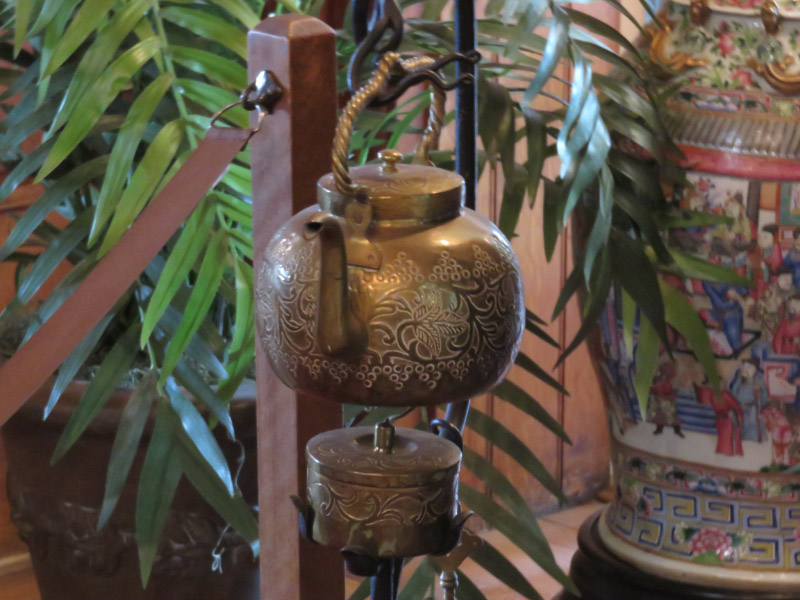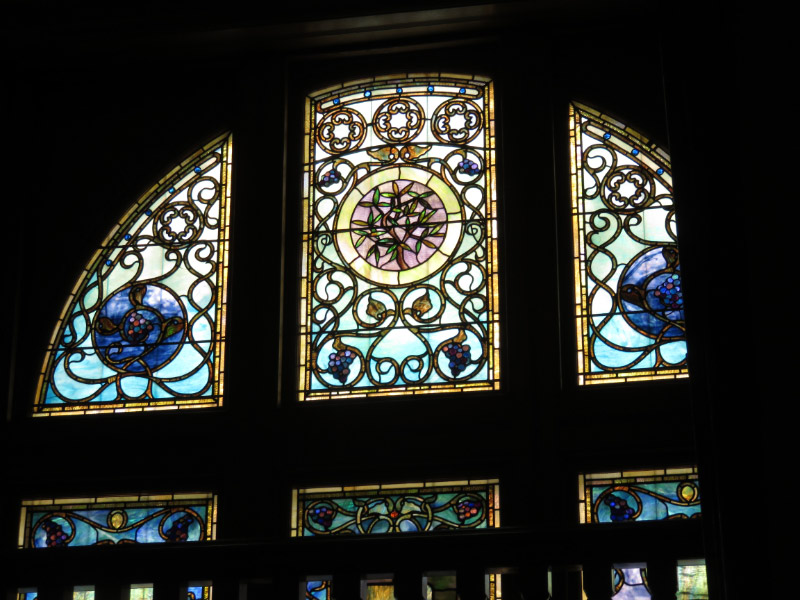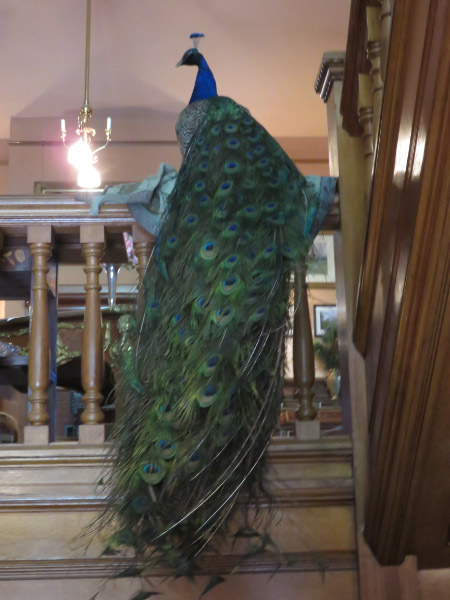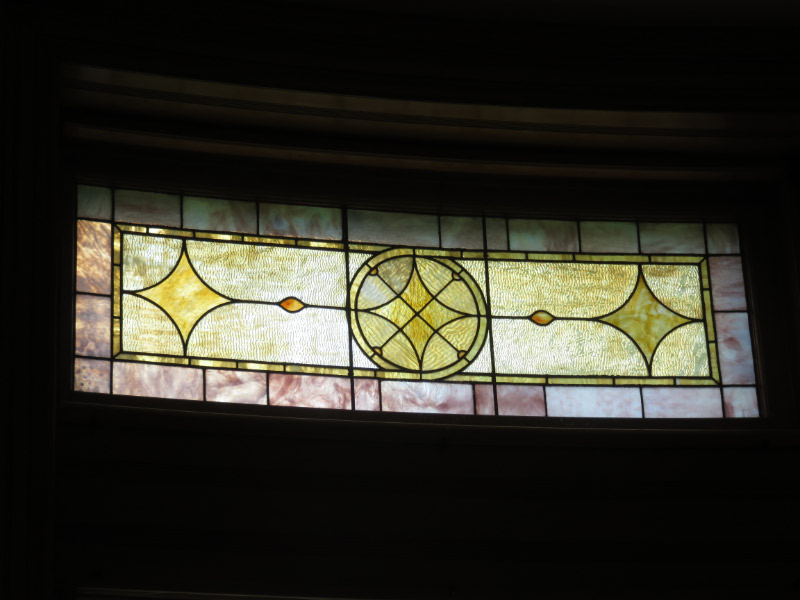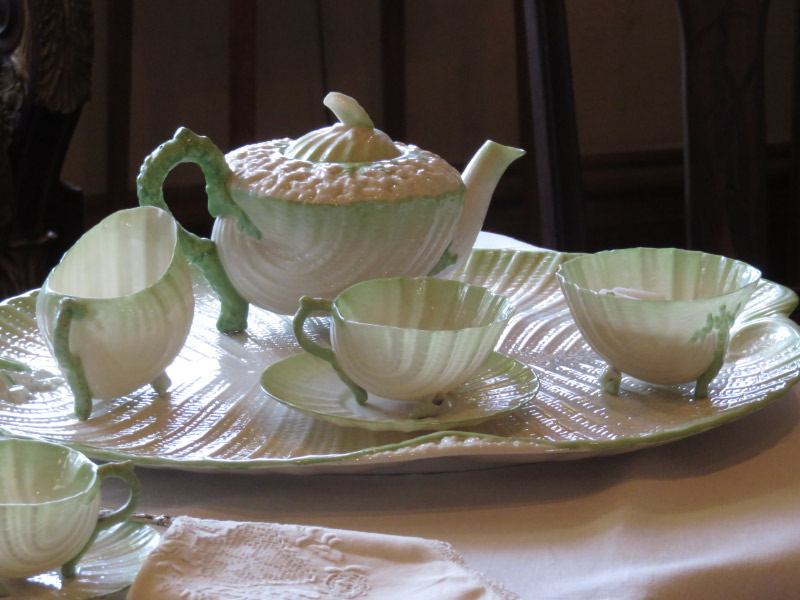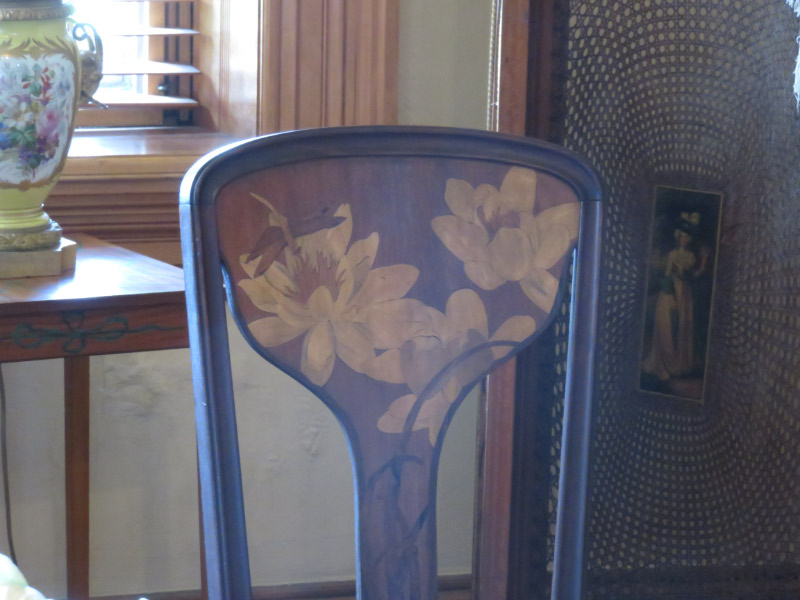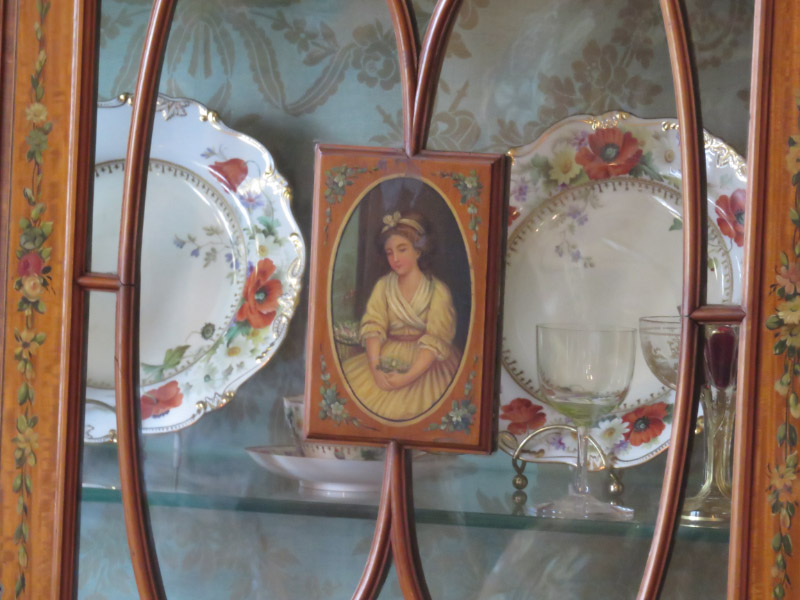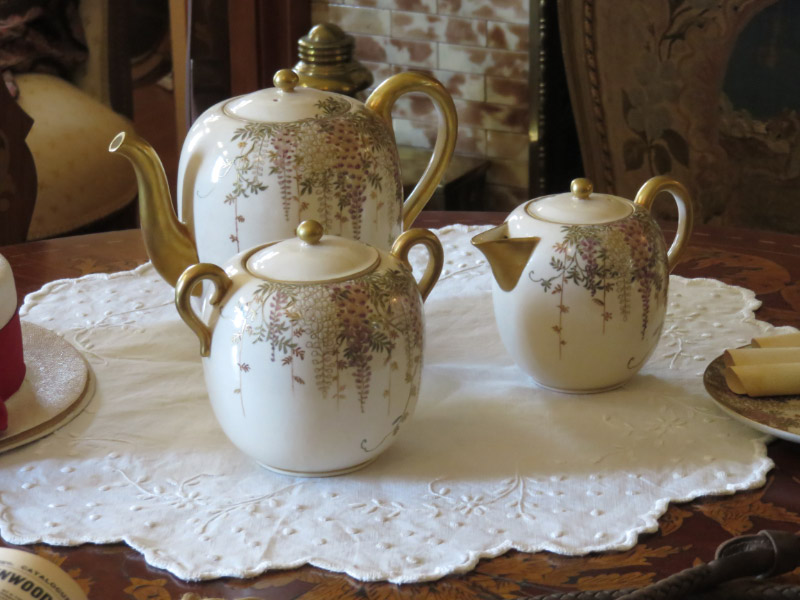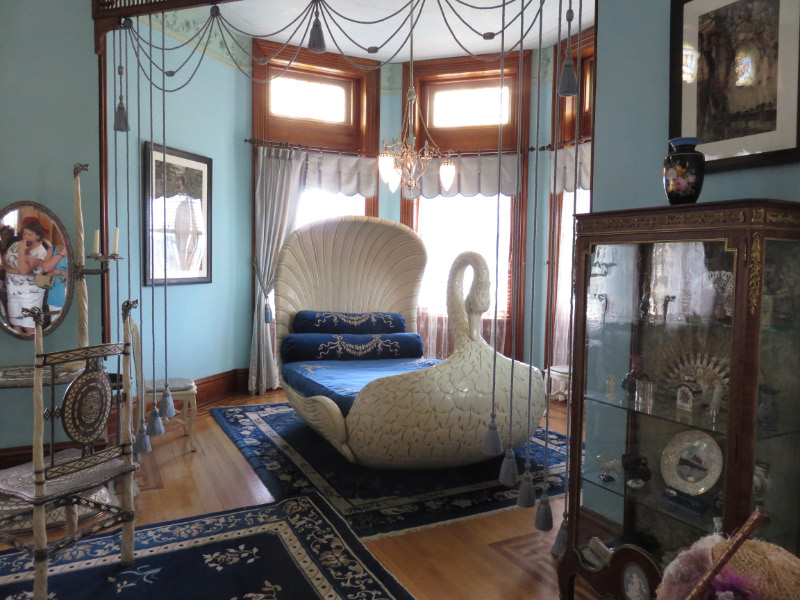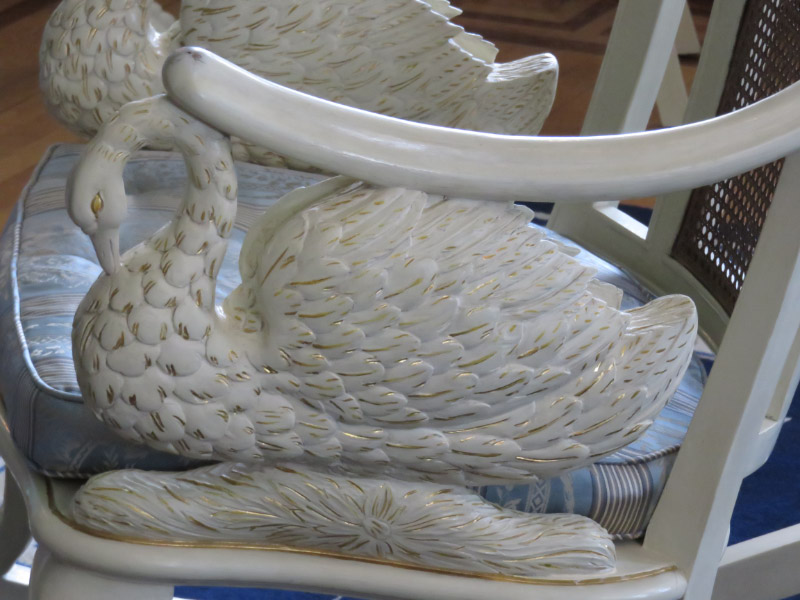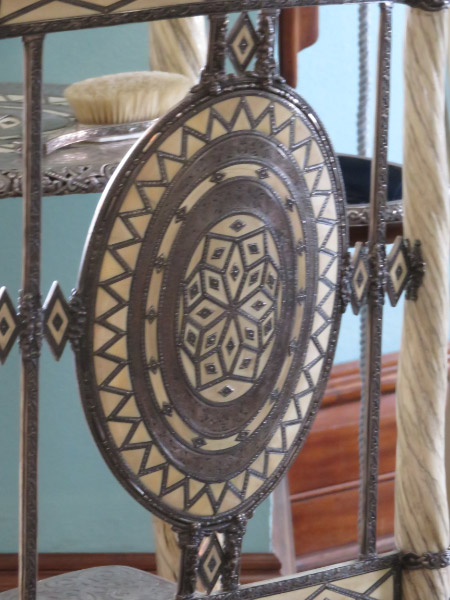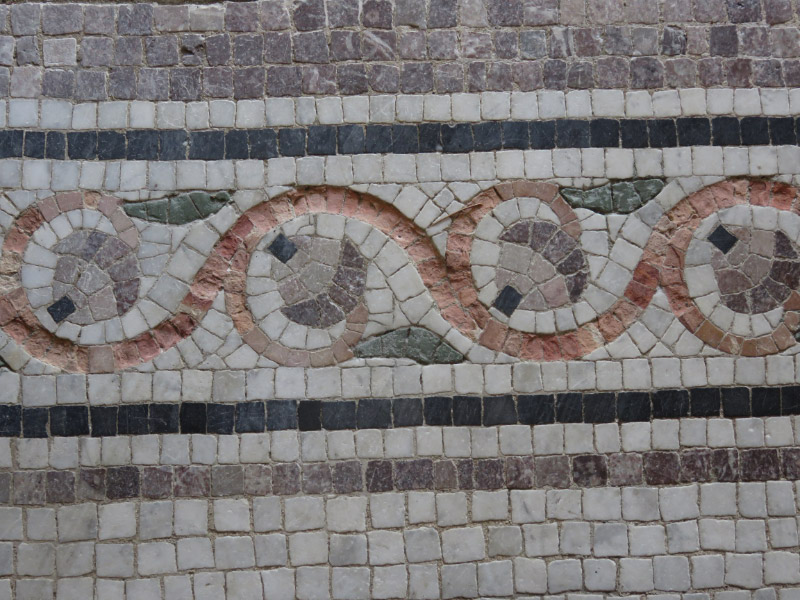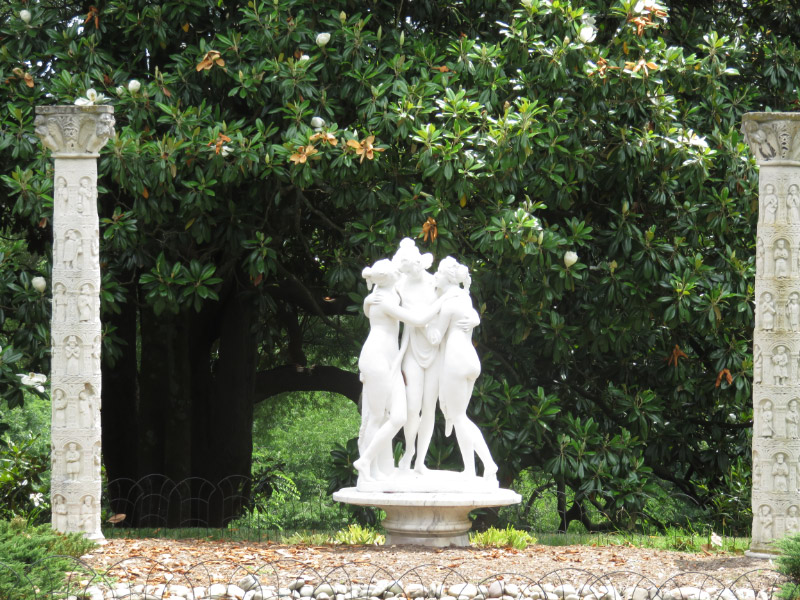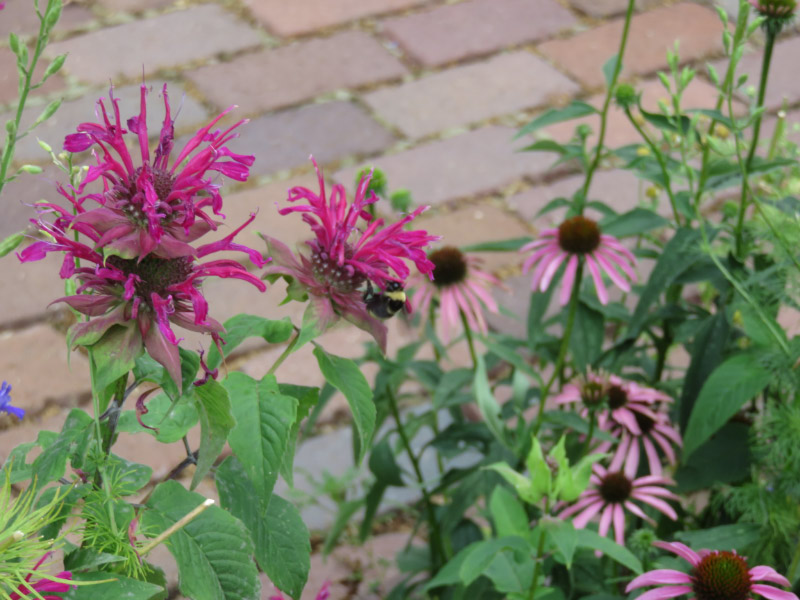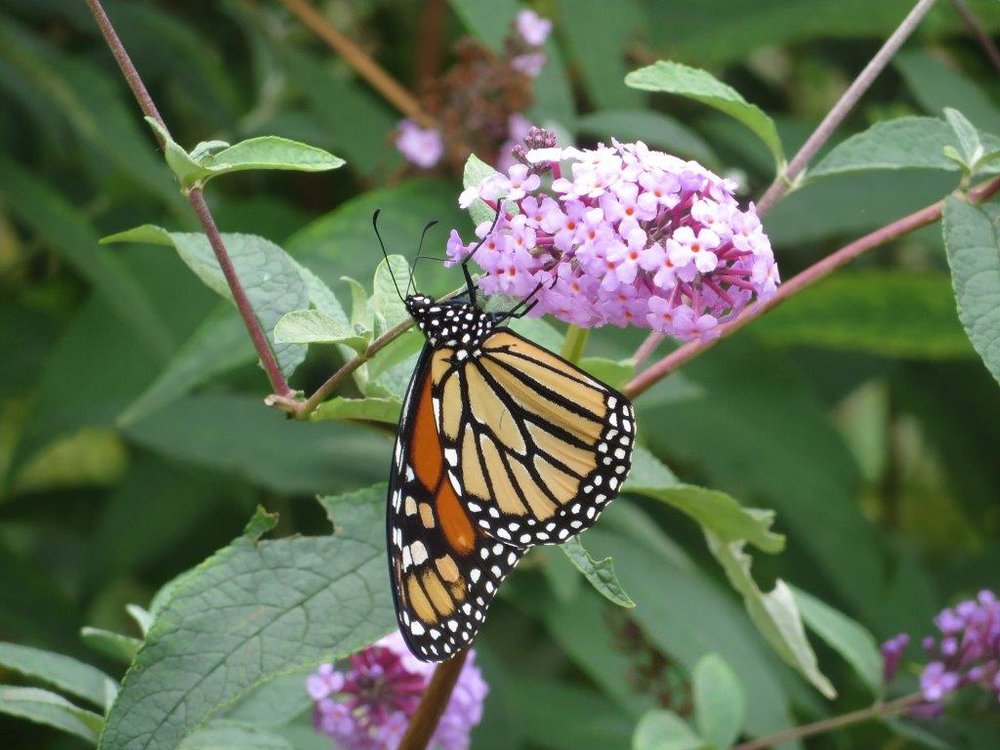3 Free eBooks – October 2015
/It was really hard to pick just three this month. So – two of the three are actually series. The Internet Archive’s new interface is a little different from the old one. I like to browse through (or read) the books online; clicking on the magnifying glass symbol on the far right of the display results in the book displayed in 2 page mode…and a page turn is just a click away.
Sharp, Helen. Water-color sketches of plants of North America and Europe, 1888 June – 1910 September. The sketches are packaged into 17 volumes and available on the Internet Archive here. I clipped a portion of the goldenrod page to include in this post. I recognized many of the plants. Evidently the sketches were used for teaching purposes.
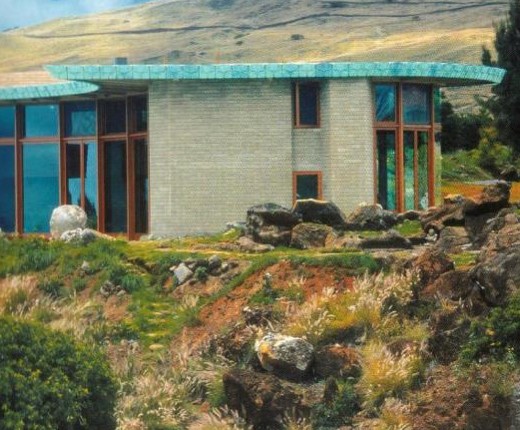
Rattenbury, John. Living Architecture – Frank Lloyd Wright and Taliesin Architects. California: Pomegranate Communications, Inc. 2000. Available from the Internet Archive here. What an architectural feast! I picked the one I clipped because of the turquoise cladding at the top. Somehow that color is one of my favorites when the landscape is full of more muted colors.
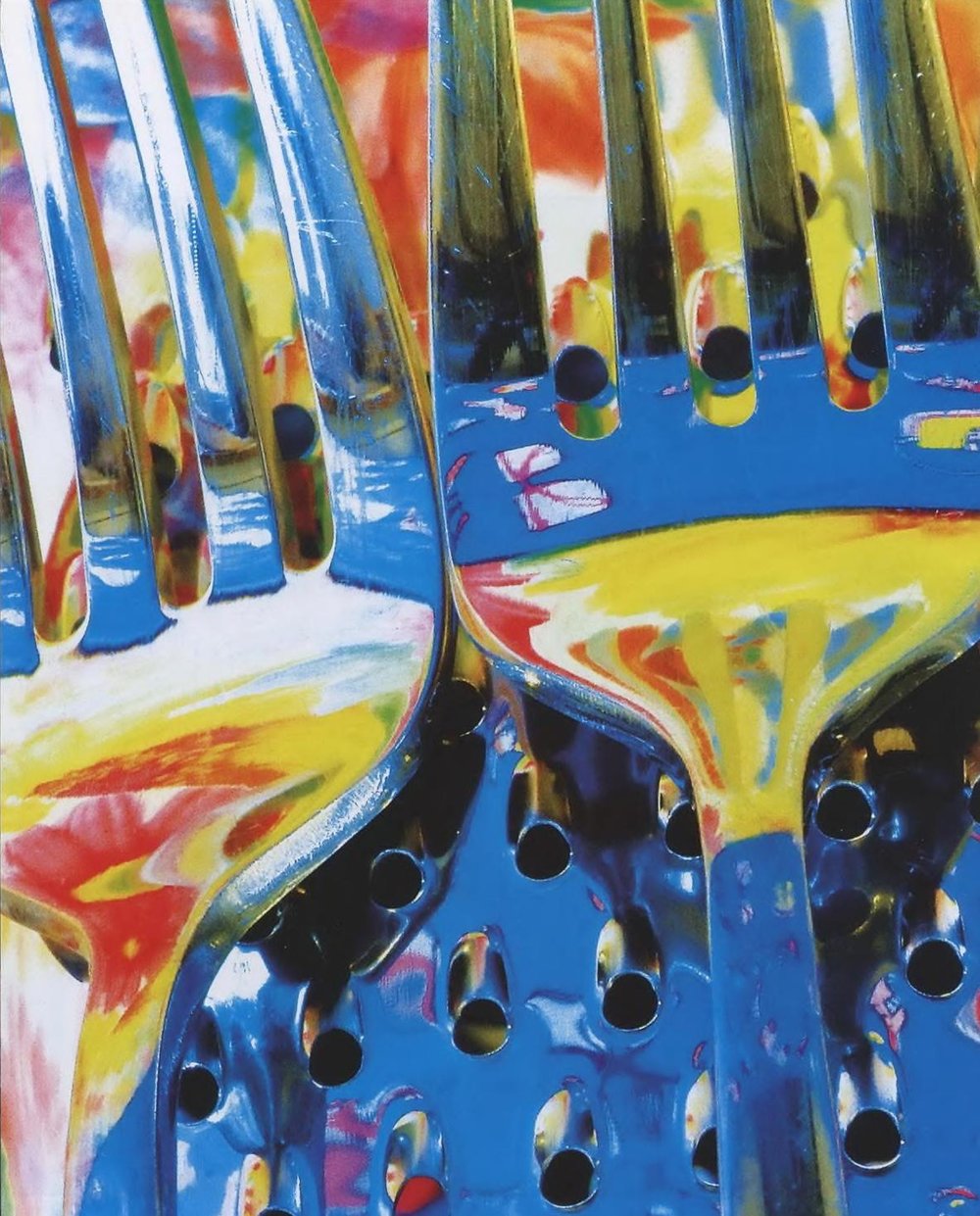
Peterson, Bryan. Understanding Close-Up Photography. New York: Watson-Guptill Publications. 2009. Available from Internet Archive here. Photography is something I’ve come to enjoy a lot in recent years…and classes and books on the topic add to the techniques and compositions I want to attempt! It turns out that the Folkscanomy Photography collection available via the Internet Archive has quite a few books; take a look at the book covers here and simply select one to look at the book in regular Internet Archive format.

